Pulling Back Can Help You Push Further Ahead
When my son was younger, we used to play a game where we would set up three stacks of blocks and take turns trying to knock each other’s towers down. Sitting on opposite ends of the hallway, we would send a small, motorized toy car on a path toward destruction. The particular car we used was one where you pulled it back to wind the motor up before sending it on its mission. Initially, this part was a bit of a challenge for my son.
When he’d pick up the car, his natural tendency was to immediately push it forward toward his target, not realizing that by pulling it back first you could generate more power. In his enthusiasm and excitement, he would quickly forget the instruction I gave him and push, push, push. In our busy and hectic lives, it’s easy for us to do the same.
Taking time to pull back, to stop, reflect, think and adjust, can be hard. In our endless quest to get things done, many of us find ourselves running from activity to activity with little time to pull back. But often that time is exactly what we need to be more focused, efficient, and productive—both for ourselves and our teams.
As author and pastor, Mark Batterson wrote, “change of pace + change of place = change of perspective.” This is not only a great formula for the power of retreat and refreshing, but it also provides a great framework to unpack some of its benefits.
Change of Pace
The human body isn’t meant to run nonstop, and there are many benefits to taking time to intentionally unplug both personally and professionally. But knowing when to strategically slow down can also have a huge impact. In a study about which practice techniques were the most effective in driving performance of classical piano majors, researchers from the University of Texas found one behavior that stood out from the rest: they changed their pace and slowed down at just the right point, typically before a tricky section or where they had previously made an error.1
Rather than always pushing ahead (often at an increasing pace), the key to increased productivity and effectiveness can often be found in knowing when to slow down. Whether it’s strategic planning, preparing to launch a new product, or finding better ways to serve your customers, invest the time to pull away, reflect, assess and plan–rather than trying to figure everything out while in the middle of the day-to-day business.
Plus, a change of pace can allow you to put some extra time, energy, and effort into both strategic planning and execution. There’s an old saying that if a woodsman was given five minutes to chop down a tree, he’d spend three of them sharpening his ax. Sharpening your ax can be difficult if you’re always swinging it at the next task in front of you.
Change of Place
Our brains love habits and routines. From how we tie our shoes to where we park our cars at work, it’s easy to settle into well-known, well-worn patterns. The same holds true in our thinking. Faced with a multitude of day-to-day decisions paired with a past history of successes and failures, it’s easy to think of things the way we always have. “Well that would never work,” we tell ourselves. “This one way is the best way.”
Changing places—literally going to a different location—can be a great way to break routines and energize our creativity and thinking. New patterns, sights, and smells spark our creative senses. We see both new things and old things in new ways. There is also a growing list of examples of companies getting creative in where they meet — and they’re seeing increases in performance, engagement, and productivity as a result.2
And if possible, don’t be afraid to combine the pace and place components by intentionally building time in to get up and active. Studies have found that physical activity, including walking, can produce higher levels of creativity and more strokes of insight.3 And where you walk does matter. A study conducted at the University of South Carolina found that students walking in nature showed signs of increased memory and cognitive functions over their counterparts who walked in urban settings.4
Change of Perspective
Ultimately, this is one of the greatest benefits of breaking your routine in terms of both pace and place. A fresh perspective allows us to see things in new and fresh ways. Sometimes it's a breakthrough in strategy as you see a new opportunity you’ve never noticed before. Sometimes it’s a stronger connection with your coworkers as you build trust and see their unique strengths. Other times it’s just the rest and distance you need to position yourself and your team for what’s ahead.
It’s easy to fall into the trap that moving forward is the only way to make progress. It can be hard to pull back when everything inside us and around our business is telling us to push ahead, further, faster. But often, pulling back is the best way to not only find a better path forward but also provide the momentum you need to achieve even greater results.
Sources:
1 Dijksterhuis, Ap, et al. “On Making the Right Choice: The Deliberation-Without-Attention Effect.” Science, vol. 311, no. 5763, 17 Feb. 2006, pp. 1005–1007., doi:10.1126/science.1121629.
2 Duke, Robert A., et al. “It's Not How Much; It's How.” Journal of Research in Music Education, vol. 56, no. 4, 2009, pp. 310–321., doi:10.1177/0022429408328851.
3 Sullivan, Paul. “When Office Meetings Leave the Office Behind.” The New York Times, The New York Times, 1 Sept. 2017, www.nytimes.com/2017/09/01/your-money/unusual-office-meetings.html.4 Berman, Marc G., et al. “The Cognitive Benefits of Interacting With Nature.” Psychological Science, vol. 19, no. 12, Dec. 2008, pp. 1207–1212, doi:10.1111/j.1467-9280.2008.02225.x.
